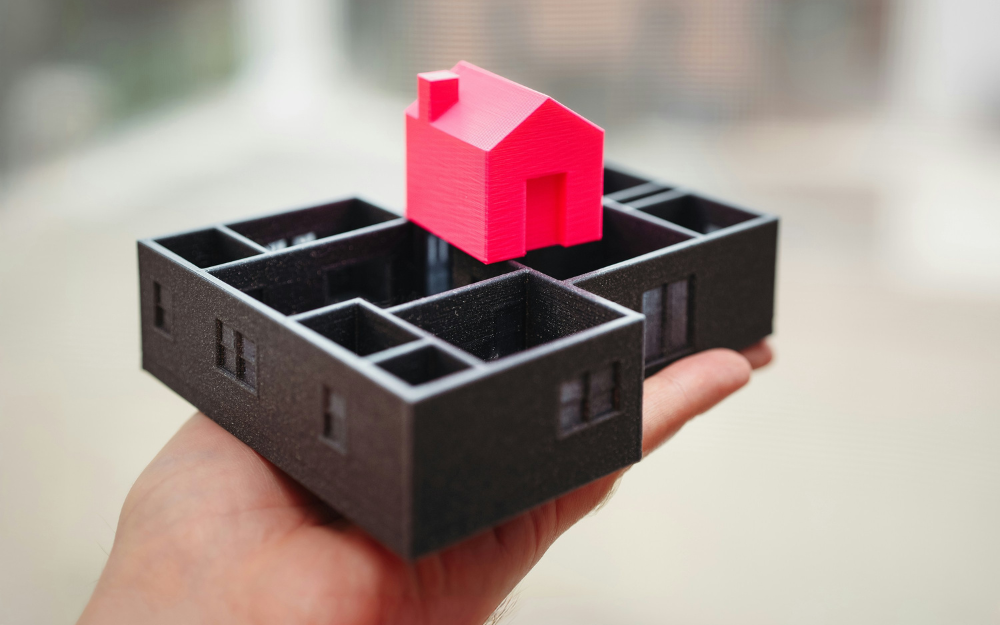Interest rates continue to be a hot topic of conversation among commentators, economists and mortgage holders. There is cautious optimism that rates are approaching stabilisation with rates remaining unchanged over the last two months of the quarter.

National annual growth back in the black
The CoreLogic National Home Value Index reached a milestone over the winter period, clawing back losses over the last 12 months to grow by 0.4% over the year. The National HVI rose for the fifth consecutive month in July since bottoming out in February with growth broadly recorded across the country, the rate of growth did lose momentum over the last 2 months, slowing from 1.2% in May.
While the upper quartile of the market drove growth earlier in the year, the nation’s slowdown in the growth rate has largely been driven by easing gains in this segment of the market. There has, however, been resilience in the middle and more affordable segments of the market, thanks to a bounce back from first home buyers and investors of recent months. CoreLogic’s Tim Lawless believes the activity in the upper quartile could show what is ahead for the rest of the market, stating that the “premium housing markets tend to lead the cycles, so the slowdown in the pace of growth could be a sign of a broader easing in the pace of growth over the coming months.”
What impact are interest rates having?
Eleanor Creagh, Senior Economist at PropTrack shares that “stronger housing demand and a limited flow of new listings hitting the market have offset the impact of interest rate rises”.i
She believes with interest rates are nearing their peak, this will likely sustain current market confidence and maintain the lift in home values. However, she cautions, “the full impact of recent rate rises is yet to be felt, and the potential for further tightening remains a headwind for the market.”
As we look towards Spring, the last four weeks to July 30 bucked the trend with an increase of 3.9% in new listings (still lower than the peak last September). Mr Lawless believing “with total stock levels still low and selling conditions reasonably strong, it may be the case that more homeowners are picking current market conditions as a good time to sell, rather than waiting until spring when stock levels might be higher, creating more competition among vendors. Another possibility is that we are seeing the first signs of motivated selling as the rapid rate hiking cycle catches up with household balance sheets.”
Dwelling values over the quarter
The national Home Index Value grew by 4.5% over the quarter, with Sydney leading the way.
Sydney
Sydney continued to lead the way with 4.5% growth over the quarter, with the Harbour City’s ongoing recovery now placing dwelling values down just 2.1% over the last 12 months. While posting the biggest upswing, Sydney’s monthly pace of growth has slowed to 0.9% in July. The rental yield holding relatively steady at 3.1%.
Brisbane
Prices similarly in Brisbane have increased by 4.2% over the quarter, and together with Adelaide were the only two capital cities that saw the only pace of growth accelerate over July. While listings are not at the same level as a year ago, both Brisbane and Adelaide have seen a trend of increasing new listings.
In Brisbane, renters can take note of the 4.2% gross rental yield in July.
Melbourne
The Victorian capital continued its steady growth with 2.0% over the quarter, albeit a smaller increase of just 0.3% over the month of July. The rental yield is 3.5%.
Canberra
Canberra recorded an increase of 0.7% over the quarter, however, saw a decline in values most recently in July of 0.1%. The nation’s capital has a current gross rental return of 4.0%.
Perth
Perth saw a 3.2% jump in values over the quarter, building on its annual growth of 3.4% and recording a new cyclical high through July. One of the few cities to do so. Investors will be happy with the country’s second highest gross rental return (behind Darwin) at 4.9%
|
City |
Houses |
Units |
Dwellings |
|
Melbourne |
$923,881 |
$603,829 |
$766,912 |
|
Sydney |
$1.334 million |
$817,059 |
$1.082 million |
|
Brisbane |
$819,832 |
$520,346 |
$735,394 |
|
Canberra |
$958,950 |
$600,828 |
$839,507 |
|
Perth |
$625,969 |
$422,545 |
$598,074 |
Note: all figures in the city snapshots are sourced from: CoreLogic’s national Home Value Index (August 2023)
i https://rea3.irmau.com/site/pdf/ed72d40d-1426-489d-b78f-3daa93363872/PropTrack-Home-Price-Index-July-2023.pdf
Important: This provides general information and hasn’t taken your circumstances into account. It’s important to consider your particular circumstances before deciding what’s right for you. Although the information is from sources considered reliable, we do not guarantee that it is accurate or complete. You should not rely upon it and should seek qualified advice before making any investment decision. Except where liability under any statute cannot be excluded, we do not accept any liability (whether under contract, tort or otherwise) for any resulting loss or damage of the reader or any other person.
Any information provided by the author detailed above is separate and external to our business and our Licensee. Neither our business nor our Licensee takes any responsibility for any action or any service provided by the author. Any links have been provided with permission for information purposes only and will take you to external websites, which are not connected to our company in any way. Note: Our company does not endorse and is not responsible for the accuracy of the contents/information contained within the linked site(s) accessible from this page.


